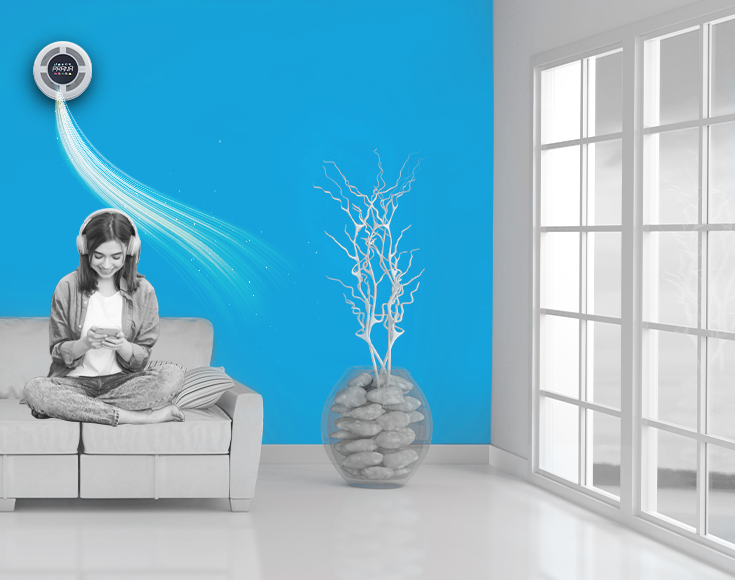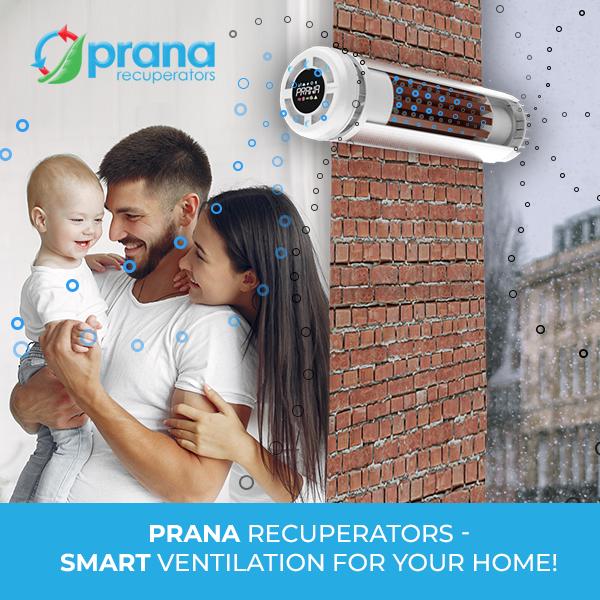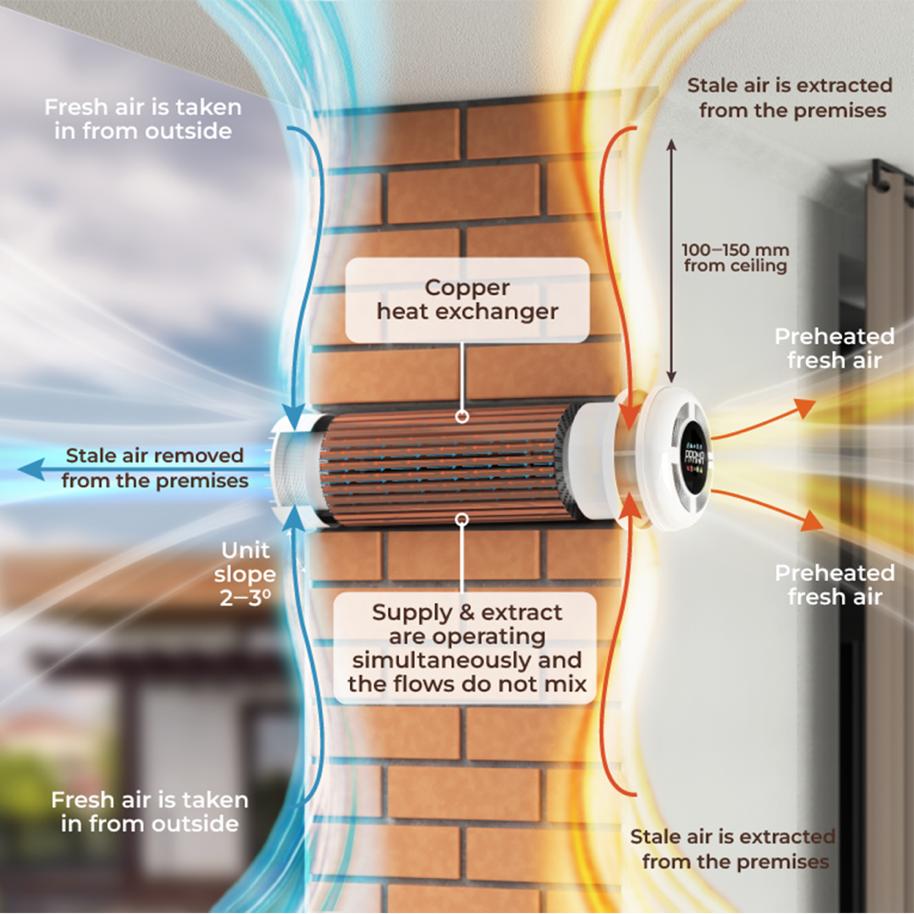In September, the UK government published important guidance entitled “Understanding and Addressing the Health Risks of Damp and Mould in the Home”. This report highlights the serious health risks posed by mould and clearly outlines landlords’ responsibilities in this area. We will explore how homes can be updated to meet these new guidelines, discuss the dangers of mould and give practical advice on how to deal with this common problem.
In this article we will talk about:
- Humidity standards in the UK.
- Mould and health.
- The current requirements for humidity levels in private homes in the UK.
- The fines for landlords due to mould and how to avoid them.
- Methods of controlling humidity in the property.
- How to avoid excessive humidity in the home with the Prana Recuperator/ decentralised MVHR.
Humidity standards in the UK
In the United Kingdom, humidity standards for homes and buildings are specified to ensure a healthy and comfortable indoor environment. The recommended relative humidity range is 40-60% in dwellings and air-conditioned buildings, and it can be slightly higher, up to 70%, in other types of buildings. The optimal humidity levels vary slightly with the seasons, with 40-60% recommended for summer and 30-50% for winter in an average home. Most parts of a typical house usually maintain a relative humidity in the 40-50% range.
Mould in Rental Property: Tenants’ Rights and Landlord Responsibilities
The UK government report notes that landlords must comply with a number of regulations relating to the control of indoor humidity. These include:
- Housing Act 2004
- Environmental Protection Act 1990
- Homes (Fitness for Human Habitation) Act 2018
- Landlord and Tenant Act 1985
- Decent Homes Standard
- Minimum Level of Energy Efficiency standard
- The Building Regulations 2010.
The rules vary slightly for different types of property, but non-compliance can result in fines and prosecution.
Housing act 2004 damp and mould in UK
The Housing Act 2004 in the UK includes provisions relating to damp and mould in residential properties. One of the key elements of this Act is the Housing Health and Safety Rating System (HHSRS), which is a risk-based assessment tool used to identify and protect against potential health and safety risks arising from defects in housing. This includes risks from dampness and mould growth.
The HHSRS assesses hazards and classifies them into categories. Mould and damp are considered ‘Category 1’ hazards, which are the most serious. Category 1 hazards are those that pose a serious threat to the health or safety of occupants, and local authorities have a duty to take action if they are identified in a property. This could include carrying out inspections and requiring landlords to make the necessary repairs or improvements to remedy the situation.
The Housing Act 2004 therefore places a legal duty on landlords to ensure that their properties are free from serious health hazards, including those caused by damp and mould. Failure to comply with these obligations can result in enforcement action by local authorities, including improvement notices and, in more serious cases, fines.




























